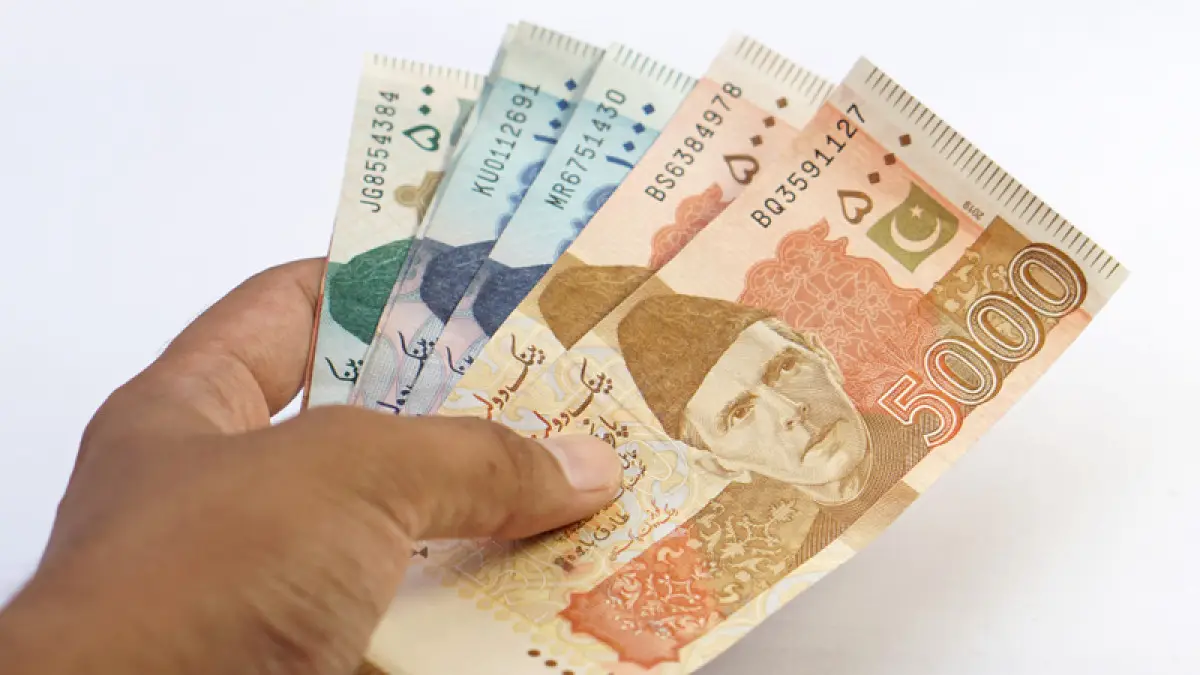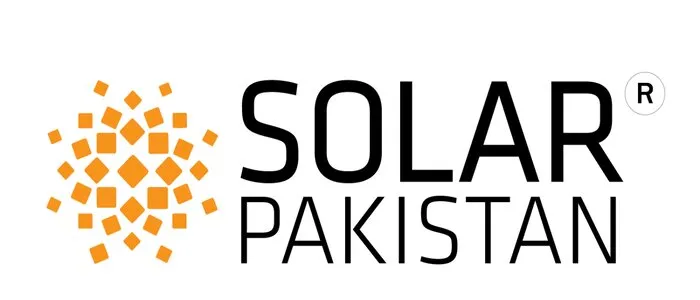Pakistan’s cash economy faces a substantial downturn, with documented currency in circulation (CiC) plummeting to Rs. 8.7 trillion, reflecting a noteworthy drop of Rs. 475 billion in informal cash transactions and business dealings since its peak on June 30, 2023. The shift is evident in the CiC as a percentage of the overall money supply (M2), which has dwindled from 29 percent to 27 percent as of December 2023, as reported in Topline Securities’ recent market review. This comprehensive analysis explores the historical trends in CiC/M2 ratios, highlighting a significant deviation from the average between FY06-15 to the recent peak in FY23.
The cash economy in Pakistan is experiencing a substantial contraction, witnessing a dip of over Rs. 475 billion in the documented currency in circulation (CiC) over the past 5 months. As of December 2023, the CiC has dwindled to Rs. 8.7 trillion, marking a significant decrease from its peak at Rs. 9.1 trillion on June 30, 2023. This decline is indicative of reduced informal cash holdings and a shift away from cash transactions in the business landscape.
Topline Securities’ market review on Monday highlighted the noteworthy transformation, stating that the CiC as a percentage of the overall money supply (M2) has dropped from 29 percent to 27 percent. The CiC metric encompasses various forms of cash, including cash with banks, checking deposits, and other deposits that are readily convertible to cash.
Examining historical trends, the CiC/M2 ratio averaged approximately 22 percent between FY06-15. However, it experienced an upward trajectory, reaching 26 percent in FY16 and peaking at 29 percent in FY23. This shift signifies a significant change in the cash dynamics within the economy.
The evolving landscape has also impacted the real estate market, with a notable downturn since June 2023. File sellers have become elusive, and buyers are hesitant to meet their prices. In contrast, there has been increased activity in alternative investment avenues such as gold, currencies (particularly rupee to dollar), and commodities.
One contributing factor to this shift is the significant spike in commodity prices observed last year, including essential items like sugar, wheat, and urea. This surge led to substantial deposits in banks, redirecting informal cash flows towards documented channels.
As Pakistan’s cash economy undergoes this transformation, the analysis sheds light on the changing dynamics, emphasizing the decline in informal cash transactions and the adaptation to alternative forms of investment and financial transactions. Stay informed about the evolving economic landscape and the implications for businesses and investors in Pakistan.
Also Read: Pakistan’s Top-Performing Assets of 2023





